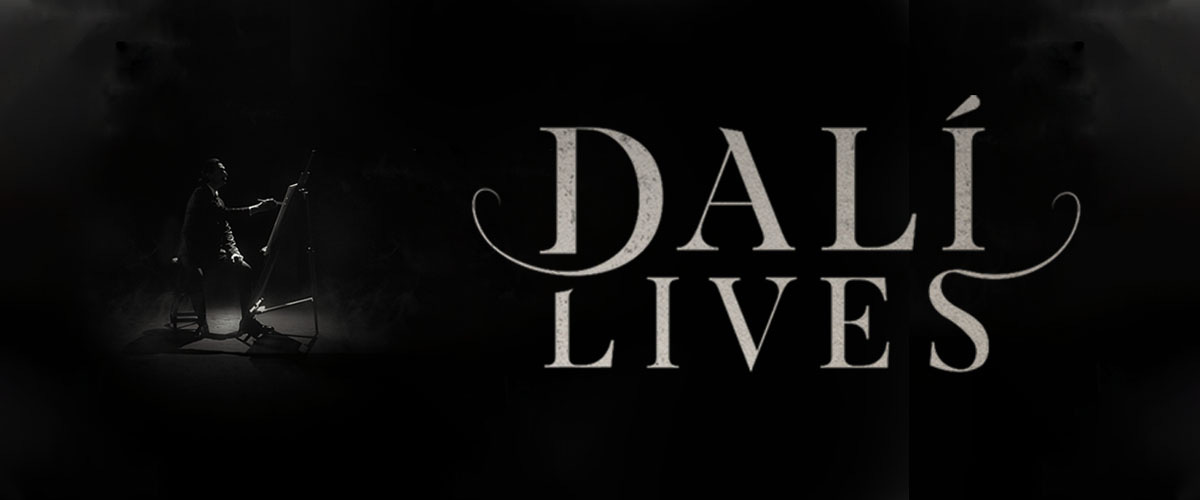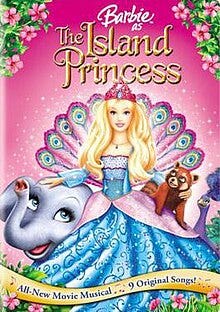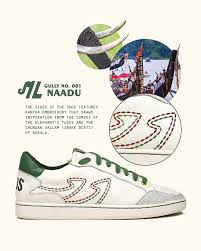A newsletter recommending good examples of storytelling across:
3 Trivia
2 Fun Facts, and
1 Photograph.
Let's dive in…
Trivia’s:
1. General:
Released by a rising Indian streetwear brand, incorporates design elements inspired by a southern Indian state. It features a palette influenced by traditional attire — an off-white hue with accents of green and a decorative pattern symbolic of the state's rich cultural heritage.
Intricate details that pay homage to two iconic symbols of this region. One represents the grandeur and strength of the state animal, while the other is a sleek and swift participant in traditional boat races during the same festival.
Which two symbols are referenced in this design?
2. Food:
This popular snack, often linked to movie nights and parties, played a surprising role in a 2023 Stanford study where researchers made mice skin transparent to observe internal organs. By using Tartrazine, a yellow-orange dye commonly found in food and cosmetics, they absorbed blue and UV light, allowing light to pass through the rodents' skin. This same dye also gives a distinct color to a well-loved snack known for its “bold” and “crunchy” campaign.
Which snack?
3. Etymology:
This modern term describes a concept that had different meanings and practices in ancient Greek society. In Athens, Solon implemented laws imposing severe penalties on those involved in specific acts tied to this concept, including banning them from civic duties and sacred spaces. The Greek term paiderastia referred to a mentorship with an erotic element, often misunderstood today. However, despite strict regulations, cultural artifacts like vases depicted such relationships, indicating greater acceptance in informal settings.
What is this modern term?
Fun Facts:
At the Dalí Museum, you can have a conversation with Salvador Dalí himself—well, sort of! Thanks to cutting-edge AI technology, the "Dalí Lives" exhibit brings the surrealist artist back to life in a digital form. Visitors can interact with a life-like version of Dalí, learning about his life and work directly from the artist, as if he were still alive. This innovative experience, launched on what would have been Dalí’s 115th birthday, has won multiple awards for creativity and technology.
Did you know that the very first vaccine ever created was inspired by milkmaids and cows? Back in the 18th century, it was noticed that milkmaids who caught cowpox, a mild disease from cows, never seemed to get smallpox—a deadly disease that terrified the world.
Enter Edward Jenner, a curious English doctor who saw this and thought, “What if we could use cowpox to protect people from smallpox?” In 1796, he did something pretty bold. He took cowpox from a milkmaid’s sore and injected it into a young boy. The boy got a bit sick, but he recovered quickly. Later, when Jenner exposed him to smallpox, guess what? The boy didn’t get sick at all!
This clever idea sparked the creation of the first-ever vaccine (the word "vaccine" actually comes from "vacca," the Latin word for cow!). Thanks to this discovery, smallpox was completely wiped out by 1980, making it the first disease humans have ever eradicated. Talk about the power of observation and a little bit of cow magic!
Photograph of the Day:
Red Panda:
The species has been listed as Endangered on the IUCN Red List since 2015.
The origin of the name "panda" is uncertain, but one likely theory suggests it derives from the Nepali word ponya, meaning "ball of the foot" or "claws." Another Nepali term, *nigalya ponya*, translates to "bamboo-footed," which may have been the red panda's original name. In English, it was simply called "panda.
The red panda's role in local culture and folklore is somewhat limited. A drawing of a red panda appears on a 13th-century Chinese scroll. In Nepal's Taplejung District, its claws are used as a treatment for epilepsy, and its skin is used in rituals, for making hats, scarecrows, and decorating homes. In western Nepal, Magar shamans use red panda skin and fur in their ceremonial attire, believing it protects against evil spirits. In central Bhutan, red pandas are considered reincarnations of Buddhist monks. Some tribal people in northeast India, as well as the Yi people, believe wearing red panda tails or hats made from its fur brings good luck. In China, red panda fur is used in cultural ceremonies, with grooms traditionally carrying hides at weddings, and newlyweds wearing hats made from red panda tails as a symbol of good luck.
The red panda was recognized as the state animal of Sikkim in the early 1990s and served as the mascot of the Darjeeling Tea Festival.
In popular culture, the red panda is notably the namesake of the Firefox web browser, despite the logo resembling a fox. Also you must have seen red panda in …
In case if you have missed my previous newsletters here are the links to them…
give it a click
Answers:
Elephant's tusks and Chundan Vallam (snake boats). (Know more)
Homosexuality











